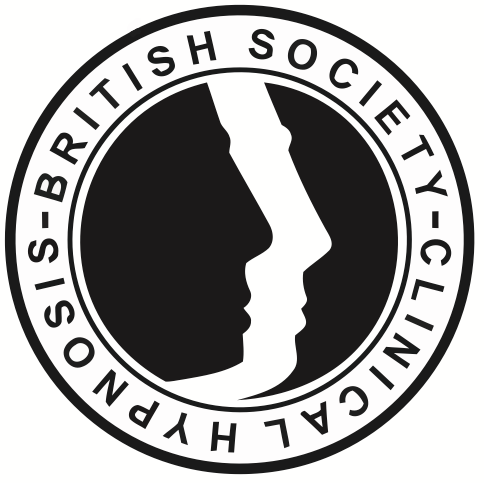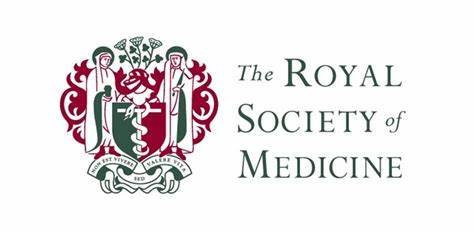Conscious breathing, mindful breathing, breathing manually, whatever you call it, breath control induces a heightened sense of self-awareness on the involuntary process of breathing.
And if you haven’t already become aware of your breathing by virtue of reading this passage, you will be aware of it now, and the most intriguing thing, is that you have just taken over the reins of an involuntary bodily function.
Our involuntary processes are controlled by the autonomic nervous system, the contraction of the heart, blood flow, blinking, sneezing, coughing and digestion for instance and unless altered by drug or medical intervention, we have little or no control… or do we?

Our voluntary actions are controlled by a part of the brain known as the cerebellum. The cerebrum is the thinking part of the brain and it controls voluntary muscles – the ones that move when you want them to like dancing or playing sport.
So what has all this got to do with breathing I hear you ask?
Controlling how you breathe is the key.

Breathing is one of the few bodily processes that can either be voluntary or involuntary. Breathing can take place automatically without thinking about it, or we can alter it consciously and at will.
Because of this unique relationship between our thinking and bodily processes, our breathing pattern can play a deciding role in how much we are affected by stress.
When you’re under a lot of stress or feeling anxious, your body releases adrenaline as part of the “fight or flight” response. Adrenaline increases your breathing and your heart rate. This is a physiological reaction that occurs in response to a perceived harmful event, attack, or threat to survival.
Breathing exercises can help calm the fight-or-flight response and return your breathing and heart rates to normal without the use of drugs.
Breathing consciously can;
- improve your overall sense of well-being
- decrease your level of stress and anxiety
- help bring about interconnection between your mind and body
And so, there are two types of breathers out there. Which one are you?
The Chest Breather
Chest breathers breathe from the top lobes of the lungs using the chest muscles to inflate the lungs by pulling on the rib cage. Breathing in this way expands and contracts the chest with each breath. These breaths tend to be short and quick, using only a small portion of the lungs thus delivering a relatively minimal amount of oxygen into the bloodstream. Chest breathing is often associated with hyperventilation and a sensation of feeling out of breath, as you attempt to take in oxygen quickly despite the low air volume from each breath.
The Abdominal / Stomach Breather
Stomach breathing or diaphragmatic breathing, utilises your entire lung capacity. The diaphragm and abdominal muscles are used to fully inflate the lungs. The chest barely expands while the abdominal area expands significantly. This type of breath is slow and deep, taking longer to inhale and exhale and delivering a significantly larger amount of oxygen into the bloodstream.
This is the type of breathing we encourage during hypnotherapy. Slow, deep, rhythmic breath control triggers a relaxation response in the body, the opposite of the adrenaline-fuelled ‘fight or flight’ response.
DO try this at home:
- Lay down or sit down comfortably
- Place your hands on your stomach with just your two ring fingers touching
- Breathe into your stomach to the count of 7 – pushing the abdomen out until your fingers part
- At the top of your breath (don’t hold it) start to breathe out to the count of 11 pushing the air out of your lungs from the bottom using your stomach muscles
- Start over
- The ‘sweet spot’ to triggering your parasympathetic nervous system (rest and digest) is 5 cycles in 1 minute.
Easy right?
It is impossible to be anxious and calm at the same time and so by using breath control, deep abdominal breathing and triggering the parasympathetic nervous system, the diaphragm sends a message to the brain to release dopamine which creates a calming effect.
Visit my website to download your free audio: https://gailmarrahypnotherapy.com/downloads/
Health Wealth & Hypnosis -The Way to A Beautiful Life – Buy the book here: https://www.amazon.co.uk/Health-Wealth-Hypnosis-beautiful-life/dp/1913479234/ref=tmm_pap_swatch_0?_encoding=UTF8&qid=&sr=








